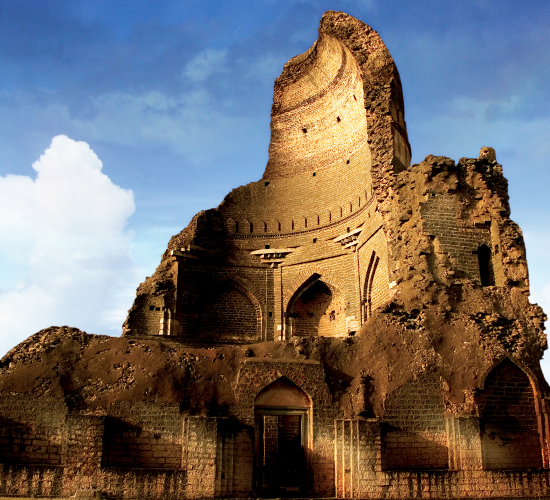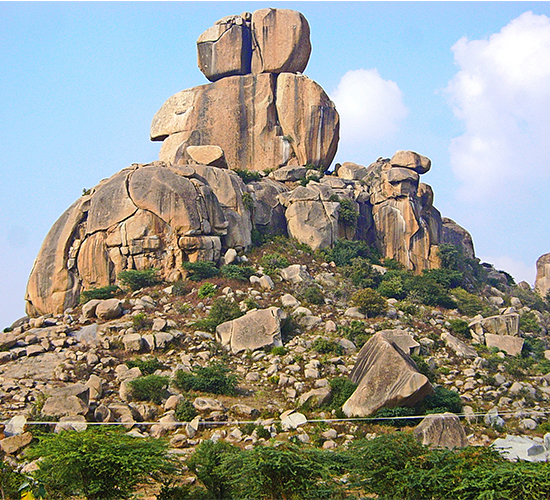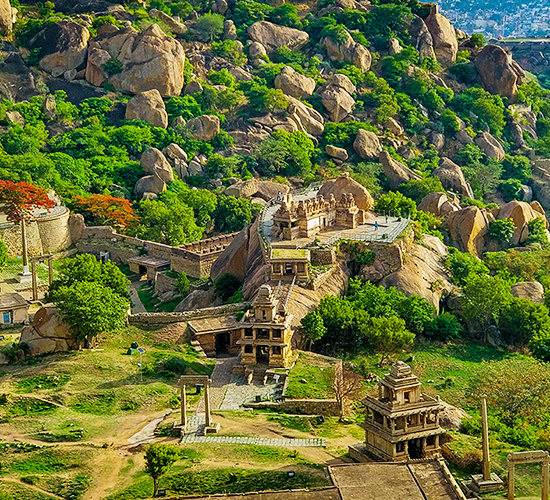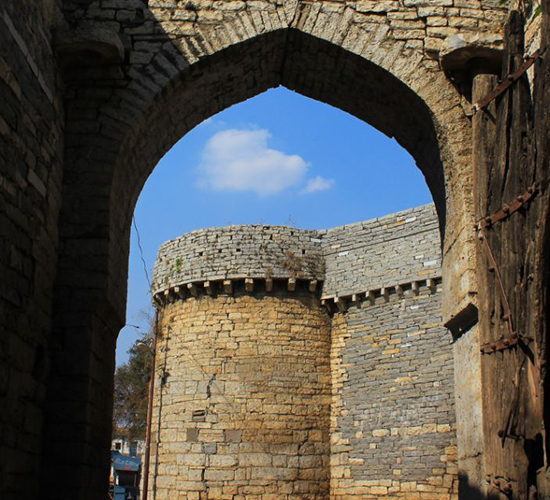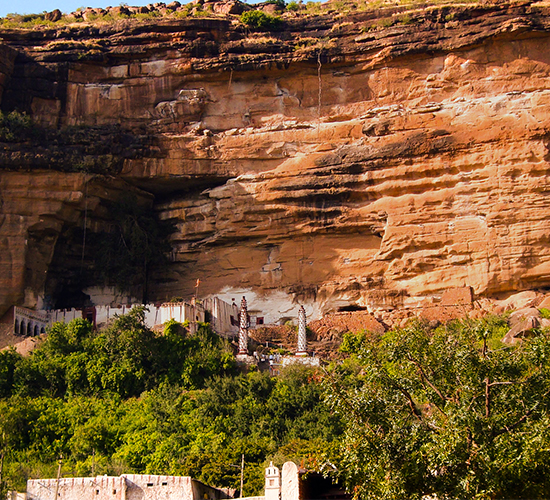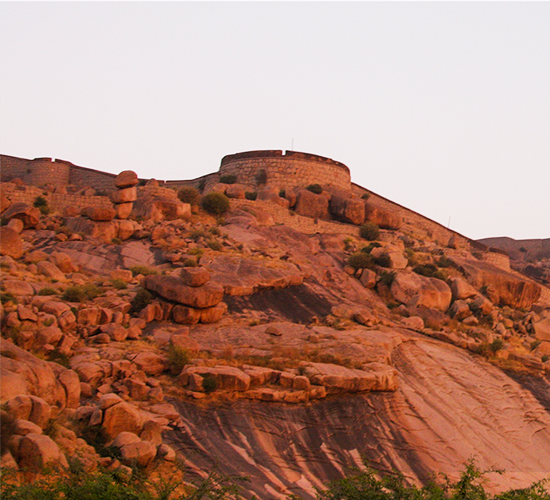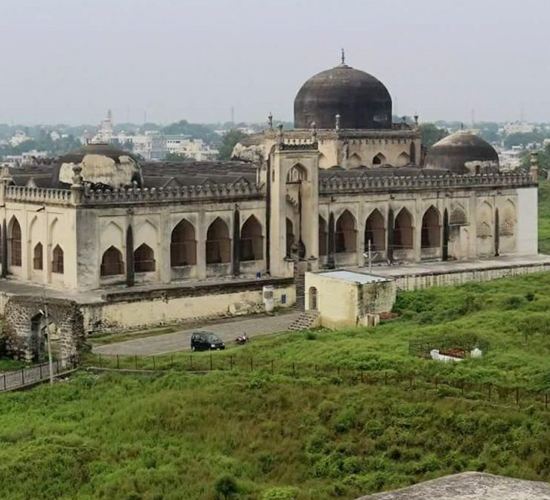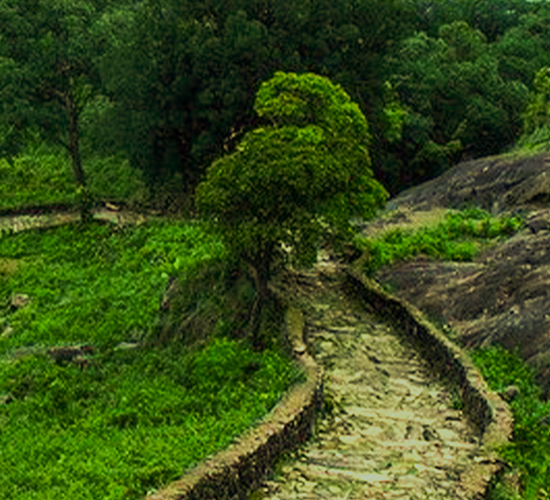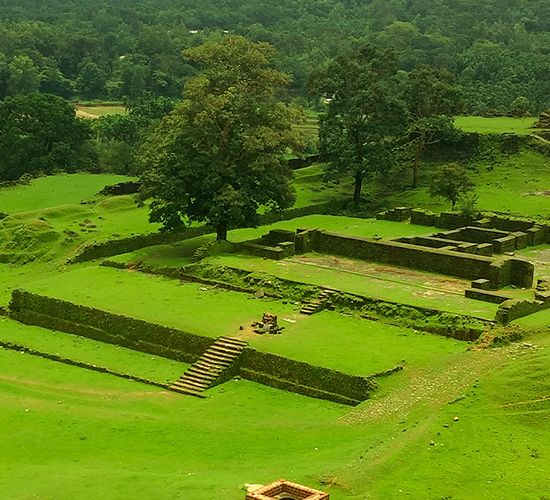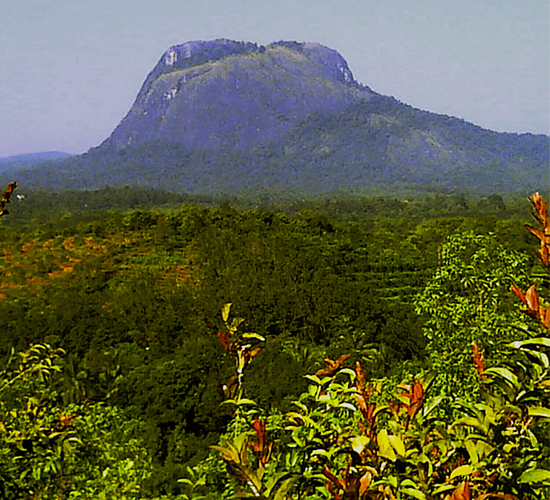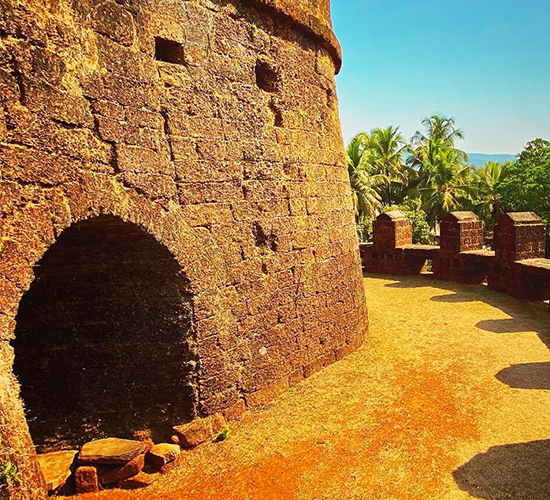Tours Search
Bidar Fort: Amongst the most formidable forts of the country, it is situated in the eastern part of the town and has within it ruins of palaces, mosques and other buildings which had been built of trap rock. Stone and mortar were used to build the fort-walls. The fort is entered from the south-east by…
Yadgir Fort is one of the largest hill forts in Karnataka which offers a commanding view of the surrounding plains. It is believed to be originally built by Kalyana Chalukyas and later strengthened by Yadava rulers and expanded under Muslim rulers. In terms of size and strength, Yadgiri fort can be compared to other hill…
Chitradurga Fort is locally known as Elusuttina Kote (meaning the fort of seven circles) and is one of the country’s strongest hill forts. The fort originally had to have had 19 gateways, 38 postern-gates, 35 secret entrances and 4 ‘invisible’ entrances. Many of these have gone out of existence now.
Malkhed is a place of historical importance situated around 40 km south-east of Gulbarga, on the left bank of Kagina river, a tributary of the Bhima River. Earlier known as Manyakheta, it is also believed to be the capital of Rashtrakuta kings. Malkhed today has the remains of a fort with four entrances and 52…
Chitradurga offers visitors an irresistible mix of history, legends and spirituality. Chitradurga offers visitors a spectacular boulder-strewn landscape which has an unconquerable fort with astounding defenses, ancient temples and a history full of valour and bravery.
Gajendragad Fort is a historic fort built by Chatrapati Shivaji Maharaj, a famous Maratha ruler. Gajendragad gets its name from the fact that the city bears the shape of an elephant when viewed from above. (Gajendra= Elephant God, Gad= Fort)
Situated in the historic city of Ballari, the Ballari Fort is built on top of Ballari Gudda or the Fort Hill. The fort is believed to have been built during Vijayanagara times by the Palegar chief Hanumappa Nayaka. Hyder Ali took possession of the fort from the Nayakas in 1769 and got it renovated and…
Said to have originally been built by Raja Gulchand of Warangal, Gulbarga Fort was later strengthened by Alauddin Hasan Bahman Shah, the ruler of the Bahmani dynasty. Kalaburagi fort, occupying an area of 20 acres with a circumference of 3km, has a double fortification with a 30ft moat between the walls and reflects a blend…
Kavaledurga is a fort resting on the top of a hill amidst a dense forest and it requires a trek of at least 5 km to reach the summit. A spectacular combination of history and natural beauty, several shrines to Virupaksha, Vijaya Vittala, Veerabhadra, Mallara and Bhuvaneshwari are housed in the fort.
Nagara is a village of historic importance, in Shivamogga district, popular for its fort built by Shivappa Nayak of Keladi Kingdom. Veerabhadra Nayaka of Keladi dynasty built Nagara fort in 1640, after Ikkeri, Keladi’s original capital was lost to Sultans of Bijapur.
Formerly known as Narasimha Angadi, Jamalabad in Belthangady taluk of South Canara district is famous for an 18th century fort. History: This Fort was built on the ruins of an old Hoysala Fort. Mysuru ruler Tipu Sultan built the fort in 1974 and named it after his mother, Jamalbee.
- 1
- 2

